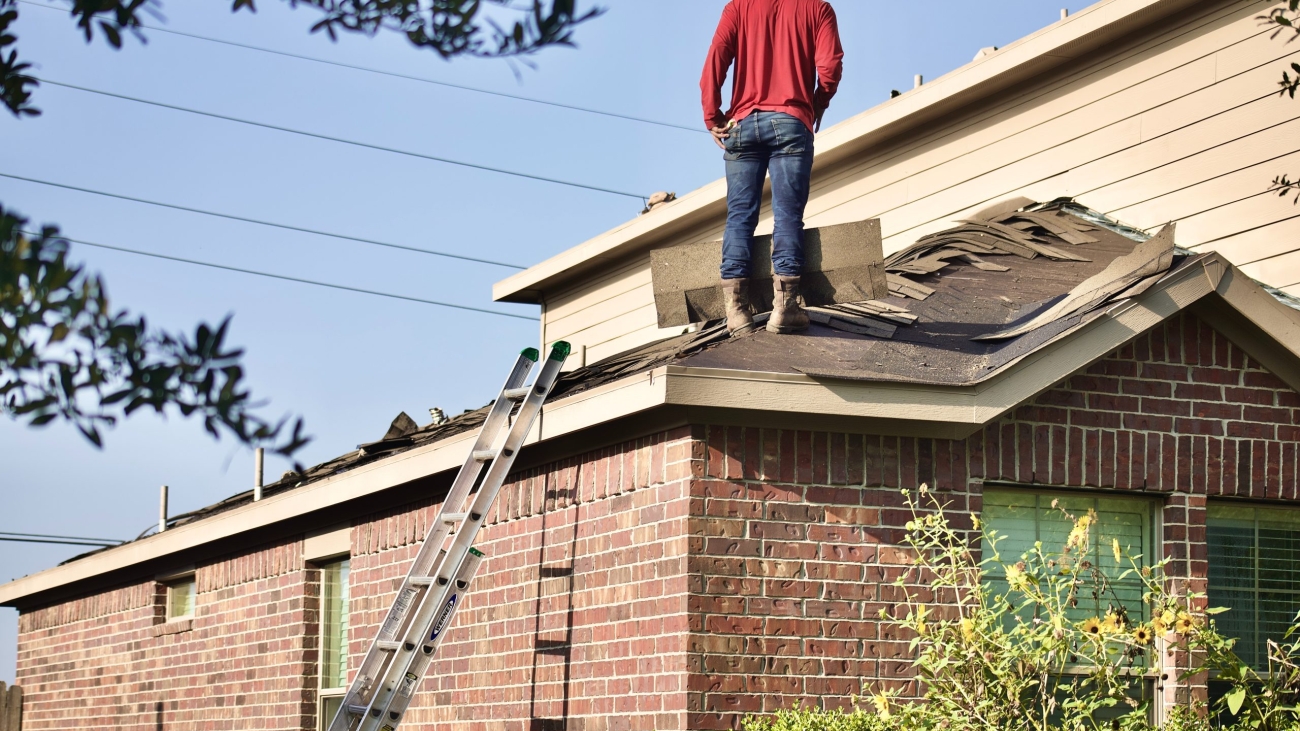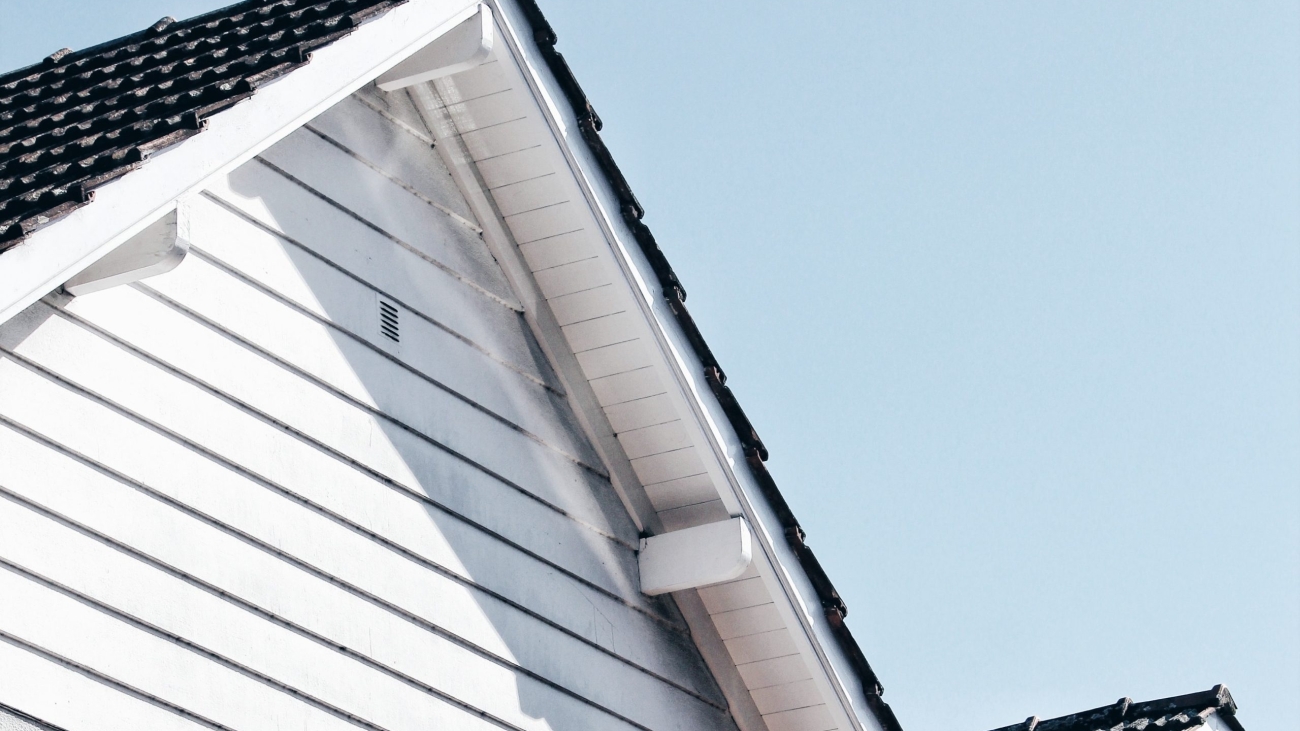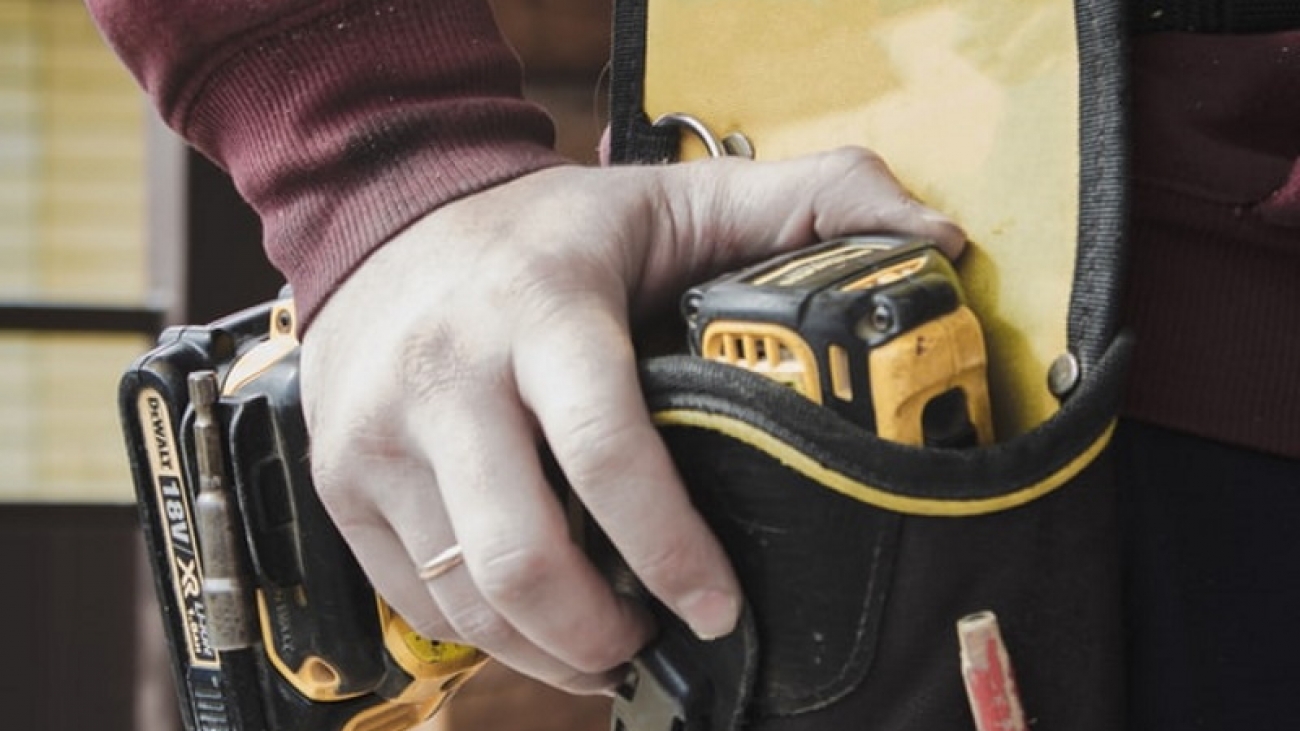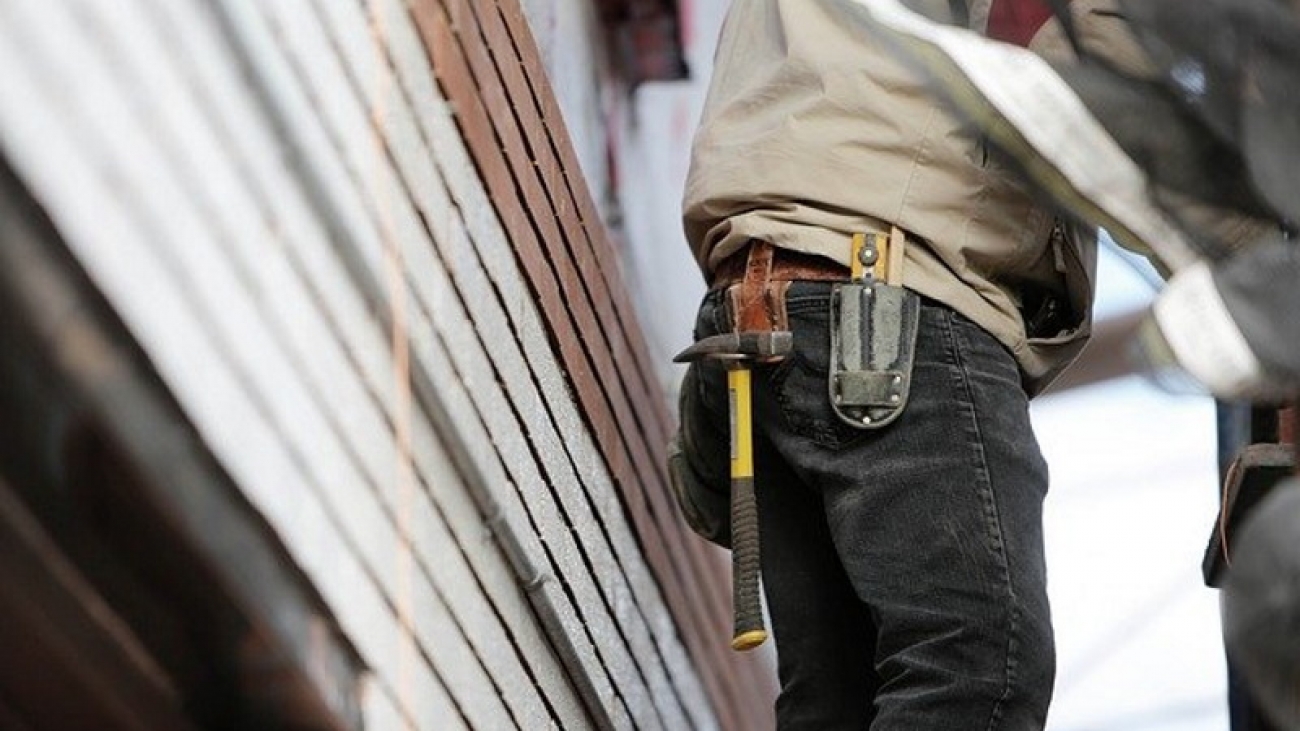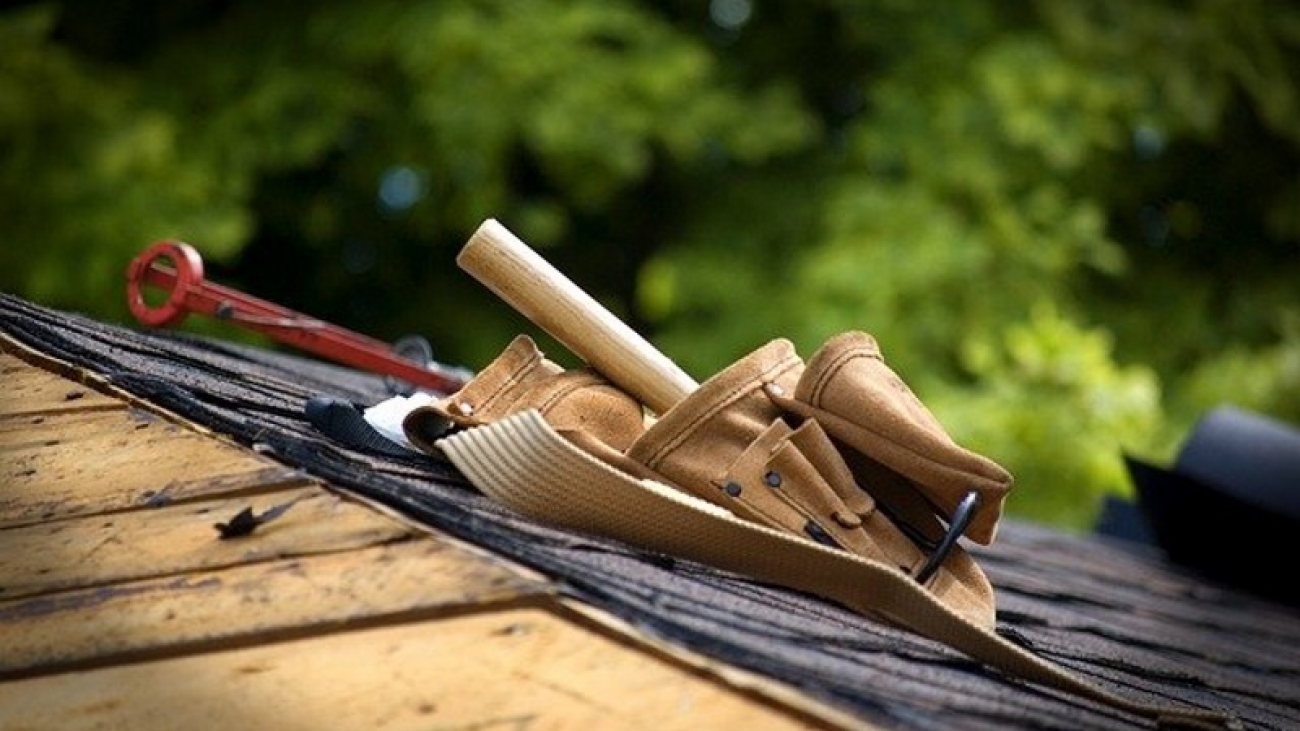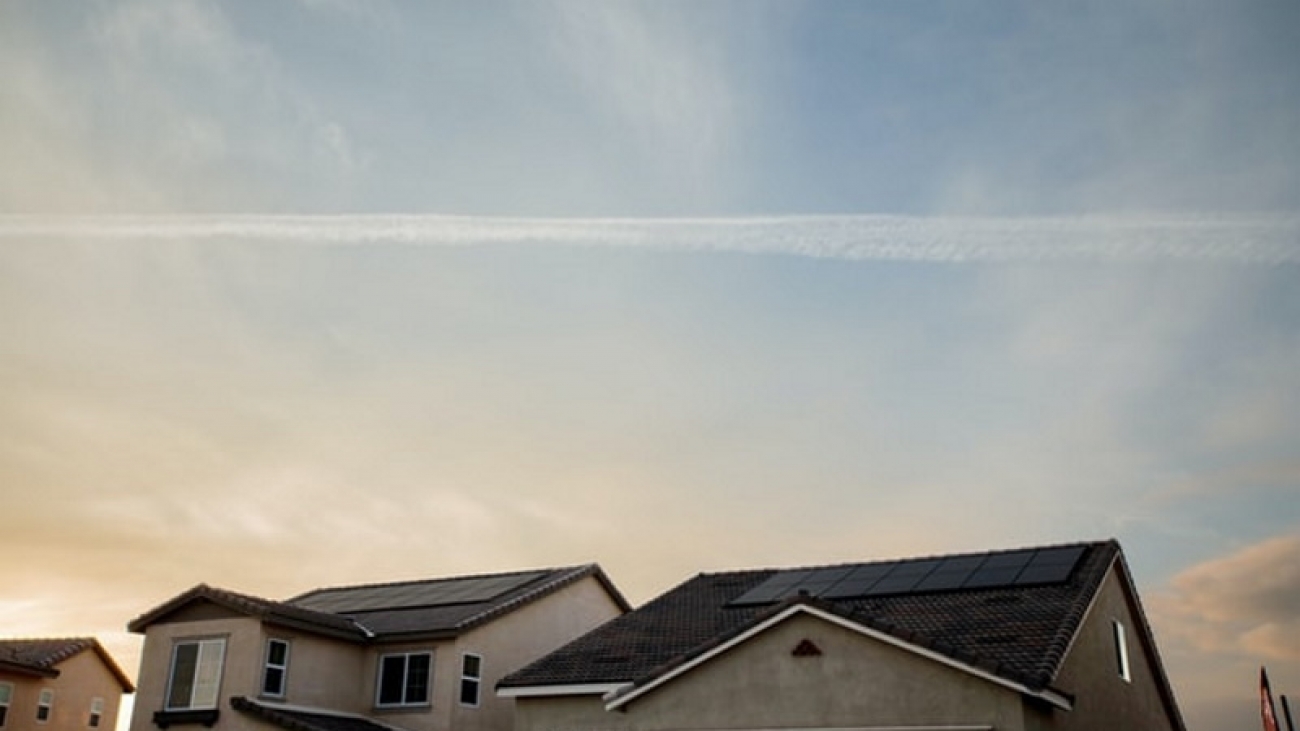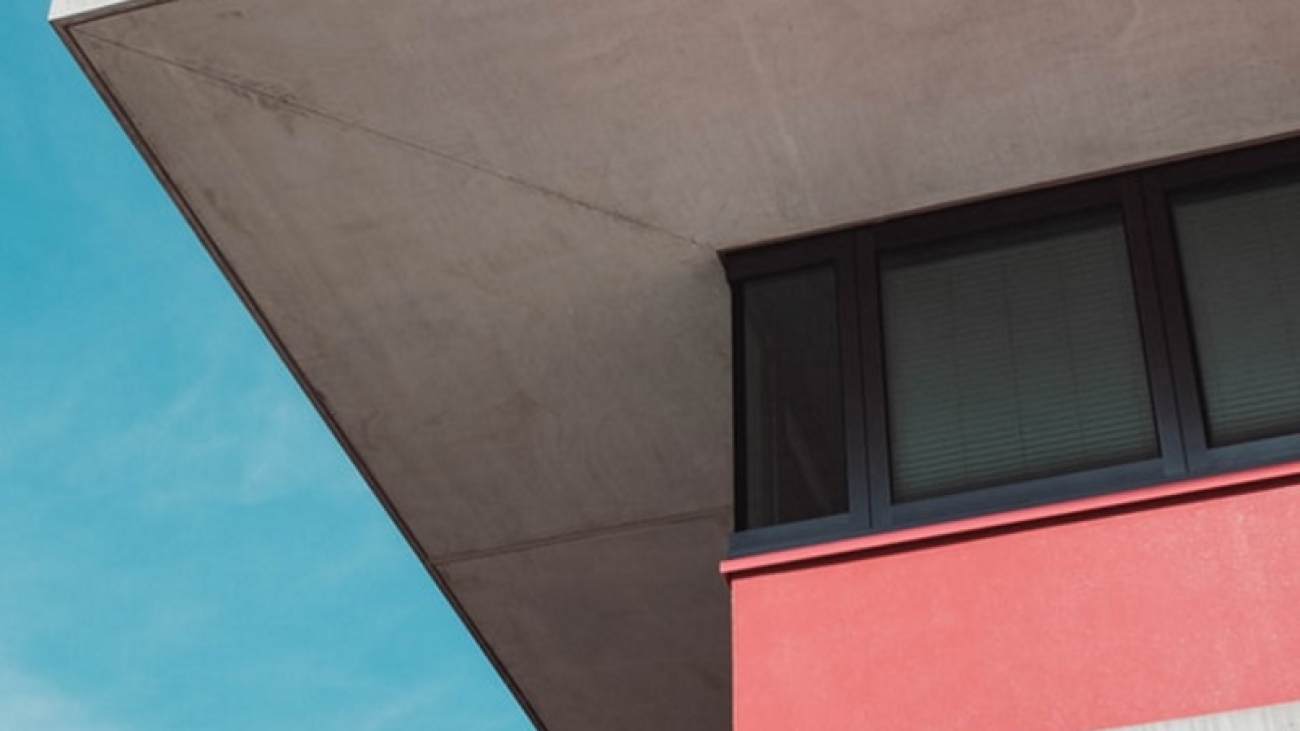How To Contact Cambie Roofing If You Have a Problem
At Cambie Roofing, we pride ourselves on providing the highest level of customer service and attention to detail. We understand that a roof is not just a functional part of a building, but also a crucial element of its overall appearance and curb appeal. That’s why we take every roofing job seriously and strive to deliver the best possible results.
One of the ways we ensure customer satisfaction is by providing a comprehensive consultation process before any work begins. During this consultation, we take the time to listen to our customers’ needs, assess the condition of their roof, and provide a detailed quote that includes all costs and timelines. This way, our customers know exactly what to expect and can make an informed decision about their roofing needs.
Mistakes Happen
We also understand that sometimes things can go wrong. Maybe a storm caused unexpected damage to your roof, or perhaps you’re not happy with the work that was done. If you find yourself in this situation, the first thing you should do is contact us. We’ll work with you to understand your concerns and come up with a solution that is fair and satisfactory for everyone involved.
In some cases, the problem may be a simple one that can be easily resolved. For example, if there’s a leak in your roof, our team can quickly identify the problem and make repairs to prevent further damage. However, if the issue is more complex, such as a subpar job that needs to be redone, we’ll work with you to find a solution that’s within your budget and timeline.
We believe that open communication and honesty are key to resolving any problems that may arise. That’s why we encourage our customers to speak up if they have any concerns or questions. Our team is always available to provide advice and guidance on how to resolve any problems with a roofing company. You can contact us through our online form HERE or you can give us a call at 604-261-1111.
We understand that many people interact with Cambie Roofing on a daily basis and even if you’re not a customer, we value your feedback of how our employees act. We recognize that sometimes our employees don’t act in the most professional manner, which can cause hurt and frustration. This is something we are constantly working on and we do provide constant training and to improve. It can be easy to write a review on Google but before you do so, we would appreciate you reaching out to us by phone or email so we can properly understand the situation and address it accordingly. While bad behaviour is never acceptable, and poor driving can be dangerous and can impact your experience, it is important to understand that it is not representative of the entire company. Please rest assured that we take our job very seriously, especially when it comes to the safety and security of our customers.
Why Pick Cambie Roofing?
The best way to ensure a good experience is by hiring a reputable and experienced roofing contractor. At Cambie Roofing, we excel in delivering exceptional new construction, re-roofing, repair, and maintenance services for residential, commercial, and industrial projects. Our work is held to the highest standards set by the Roofing Contractors Association of British Columbia (RCABC) and our safety measures adhere to WCB regulations for risk management.
With over 50 years of experience in the roofing and drainage industry, we are equipped to handle any job, whether it’s a smaller residential project or a larger, more complex commercial or industrial project. Our expertise has been honed over many years of providing roofing and drainage solutions.
You should do your research, ask for references, and check the contractor’s credentials and certifications. Additionally, make sure you have a detailed contract that outlines the scope of the work, materials, timeline, and payment schedule.
Additionally, it’s important to have a regular roof maintenance schedule in order to ensure that the roof is in good condition and to prevent potential problems. A good roofing company should provide regular inspections, cleaning, and repairs to keep your roof in top shape.
We believe that customer service and attention to detail are the keys to success. That’s why we work hard to ensure that every customer is satisfied with the work we do. We understand that a roof is a significant investment, and we want to make sure that our customers are happy with the results.
Conclusion
As a roofing company, Cambie Roofing is committed to providing a high level of customer service and attention to detail. We understand that sometimes things can go wrong, but we believe that open communication and honesty are key to resolving any problems that may arise. Additionally, by hiring a reputable and experienced roofing contractor, having a detailed contract and regularly maintaining your roof, you can ensure that the job is done right.

